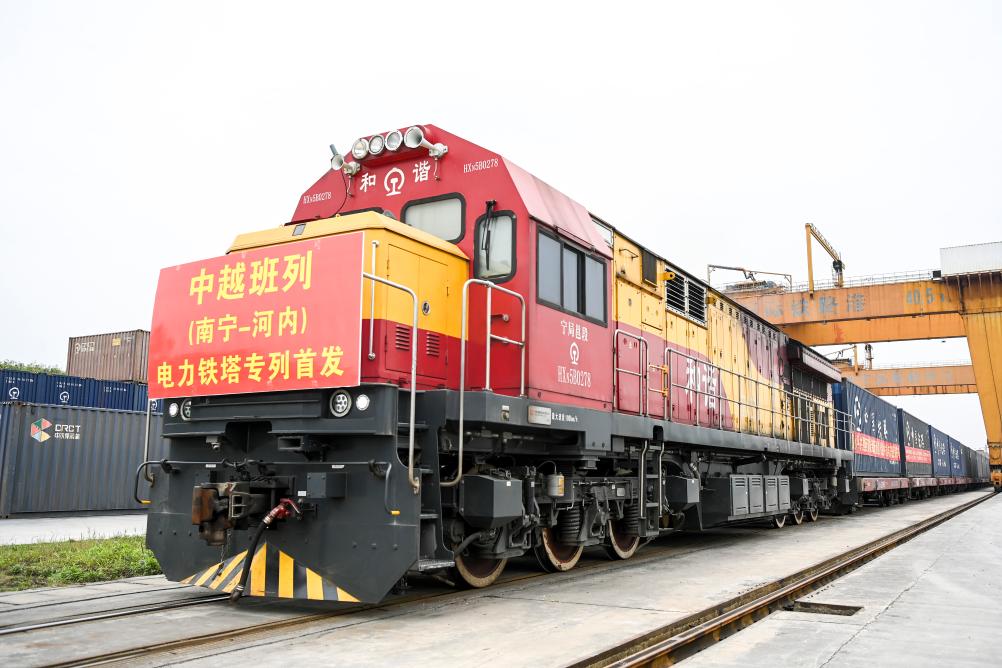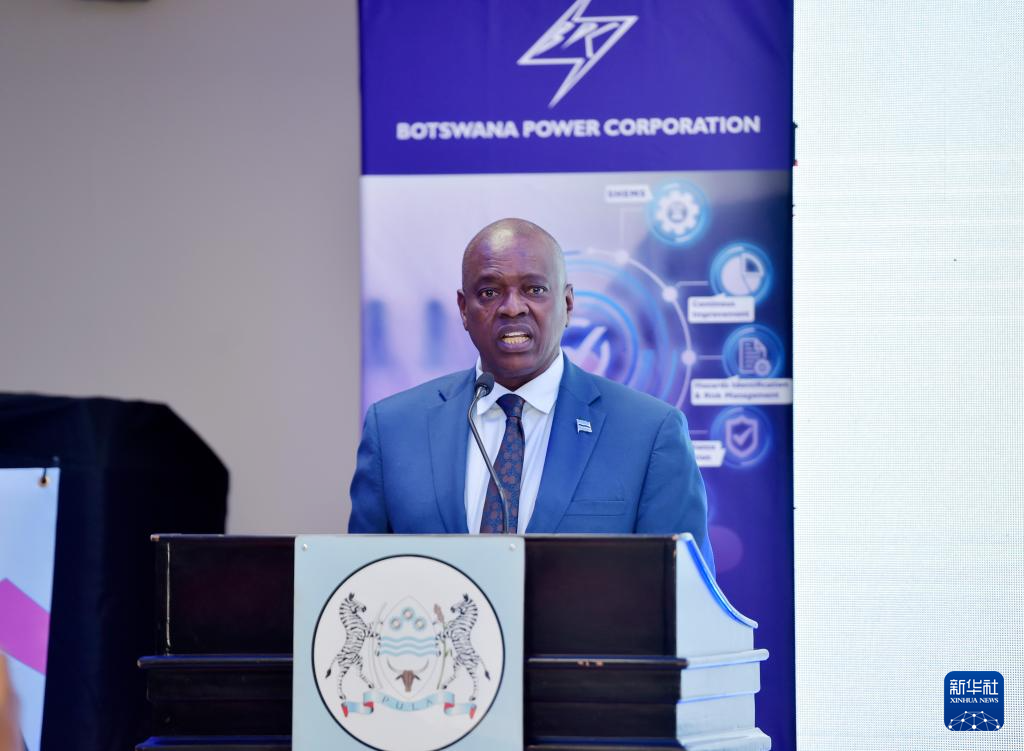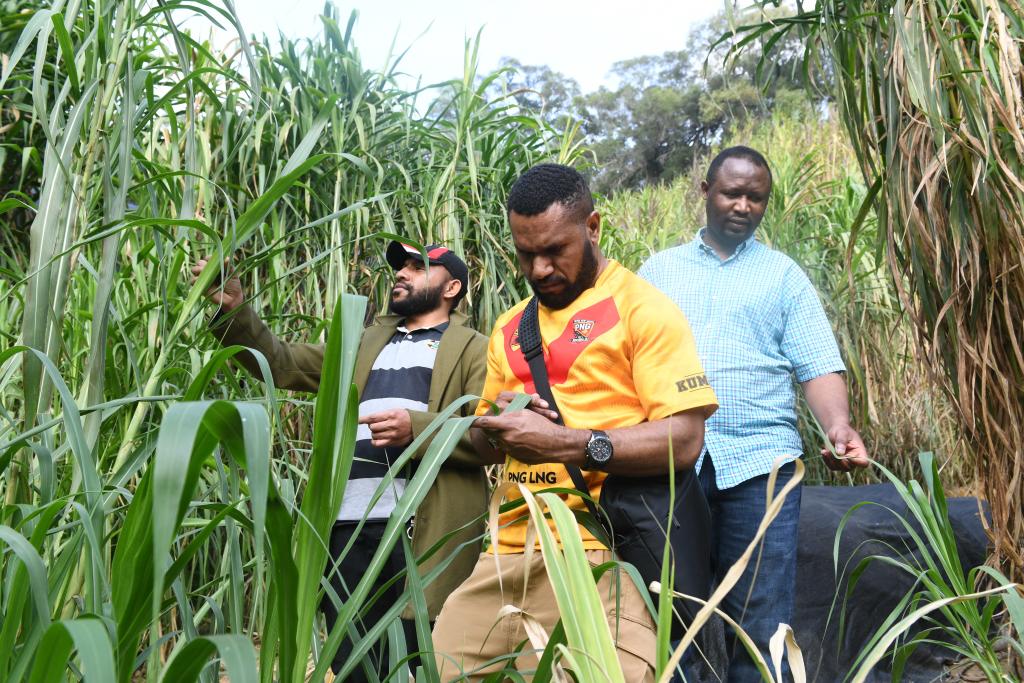Category: In Depth Report
Heart to heart closeness | China Vietnam pragmatic cooperation accelerates
Hanoi/Nanning, August 20 (Xinhua) — Heart to heart closeness | China Vietnam pragmatic cooperation accelerates One after another, the China…
China’s aid to upgrade and renovate Luang Prabang Hospital in Laos officially launched and handed over to Laos
On August 17th, Xinhua News Agency reported that the upgrade and renovation project of the Chinese aid hospital in Luang…
Construction of the Future Economic Zone Project in the Ethiopian Capital by Chinese Enterprises Starts
Addis Ababa, August 14 (Xinhua) — The “Addis Future Economic Zone” project, constructed by Chinese enterprises, held its groundbreaking ceremony…
Xinhua News Agency+丨 Cross Mountain and Sea China Africa Trade Closer
Beijing, August 13 (Xinhua) — Cross sea trade between China and Africa is becoming closer Avocados, coffee, rubber produced in…
China invested in the construction of Botswana’s largest photovoltaic power station
Xinhua News Agency, Gaborone, August 13 (Reporter Teng Junwei) Botswana Electric Power Company signed a power supply procurement agreement with…
Tanzanian Zanzibar President Mwinyi: Greater achievements will be made in Africa China cooperation
Dar es Salaam, August 9th (Xinhua) – President of Zanzibar, Tanzania, Hussein Ali Mwinyi, recently stated that this year marks…
The Qiankai Tunnel in Peru, constructed by Chinese enterprises, has been successfully connected
Lima, August 5th (Xinhua) — The Qiankai Tunnel in Peru, constructed by China Railway Tenth Bureau, was completed on August…
Poster | The 5-year ‘Report Card’ of the Western Land Sea New Corridor has arrived
Crossing mountains and seas, connecting the world. This year marks the fifth anniversary of the implementation of the Overall Plan…
The freight volume of the Western Land Sea New Corridor has reached a new historical high for the same period
On August 2nd, it was learned from China Railway Nanning Bureau that as of that day, the transportation of goods…
Commentary | Small Mushroom Plants Benefit the World
Kigali, August 2 (Xinhua) — Title: Small mushroom plants benefit the world The African Regional Seminar and Training Course on…





